Imagine standing in a lush vineyard at dawn, the air laced with the sweet promise of ripening grapes. Suddenly, the dream sours—the vines wither, leaves curl, and the scent of earth gives way to the sharp tang of decay. What invisible hand could turn a thriving paradise into a plant graveyard? Enter the glassy-winged sharpshooter, a tiny insect whose name sounds almost poetic but whose reputation among farmers is downright chilling. This unassuming bug has the power to devastate vineyards and ripple through entire ecosystems, making its story one of nature’s most surprising dramas.
A Tiny Villain With Outsized Impact
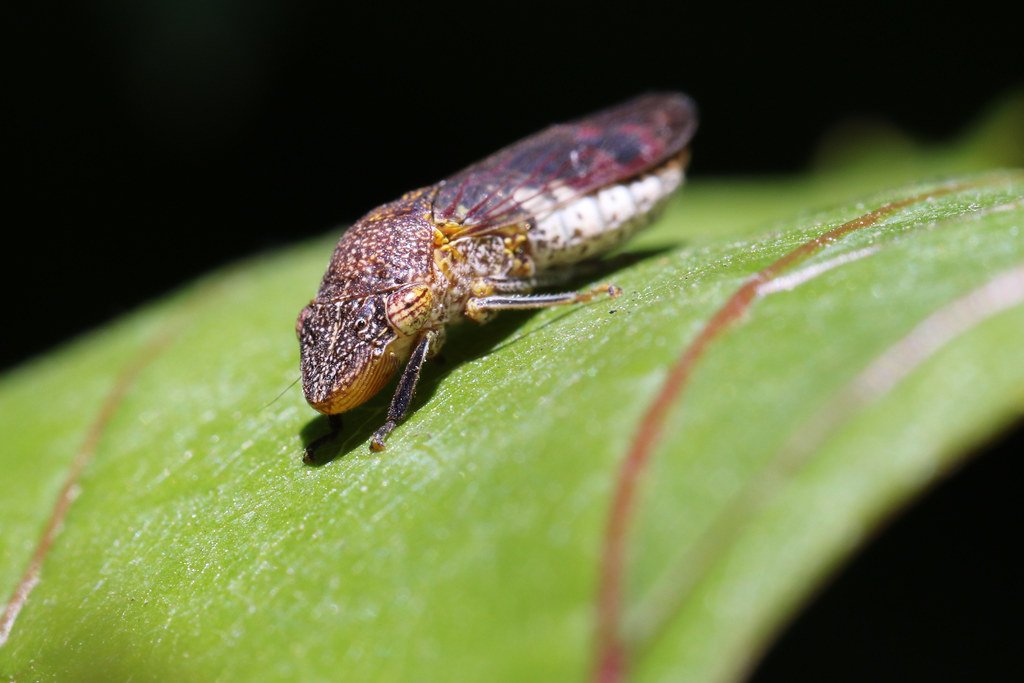
At first glance, the glassy-winged sharpshooter doesn’t look like trouble. It’s just over half an inch long, with transparent wings that shimmer in the sun, almost beautiful in a strange way. But don’t let appearances fool you—this insect is a carrier of disease, a vector that can bring entire vineyards to their knees. While many pests nibble leaves or gnaw roots, this sharpshooter’s weapon is invisible: bacteria, delivered straight into the veins of grapevines. The damage is swift, silent, and often irreversible.
What Exactly Is the Glassy-Winged Sharpshooter?
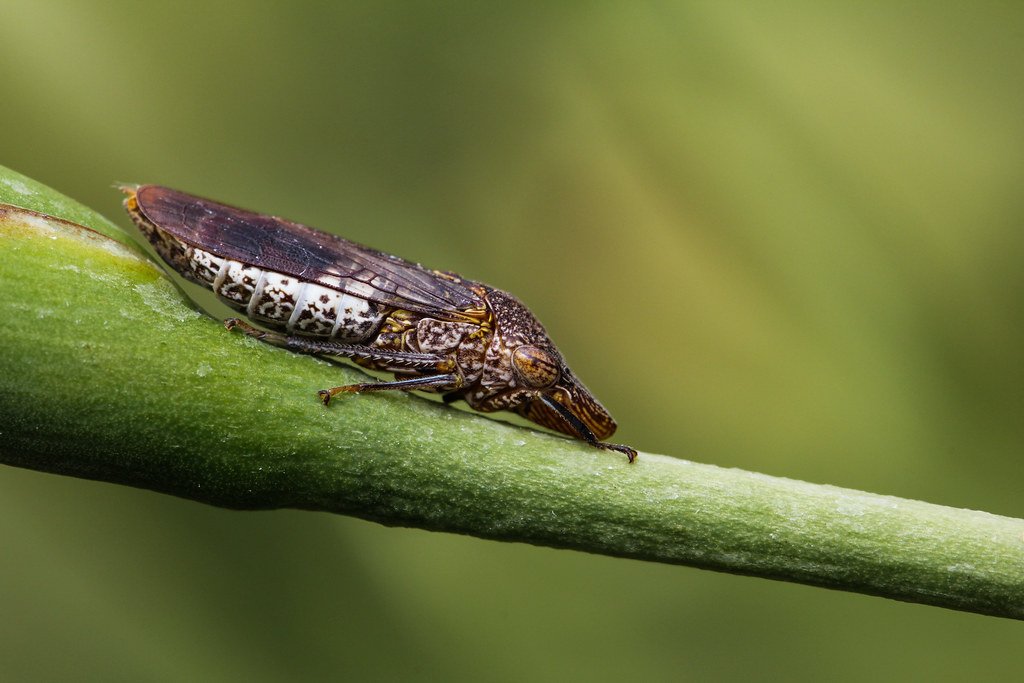
Scientifically known as *Homalodisca vitripennis*, the glassy-winged sharpshooter is a type of leafhopper. Native to the southeastern United States, it has traveled far and wide thanks to global trade and the movement of plants. Its name comes from its clear, glass-like wings, which set it apart from its cousins. Unlike most leafhoppers, this insect has an appetite for a huge variety of plants, making it especially hard to control.
The Unseen Assassin: How It Spreads Disease
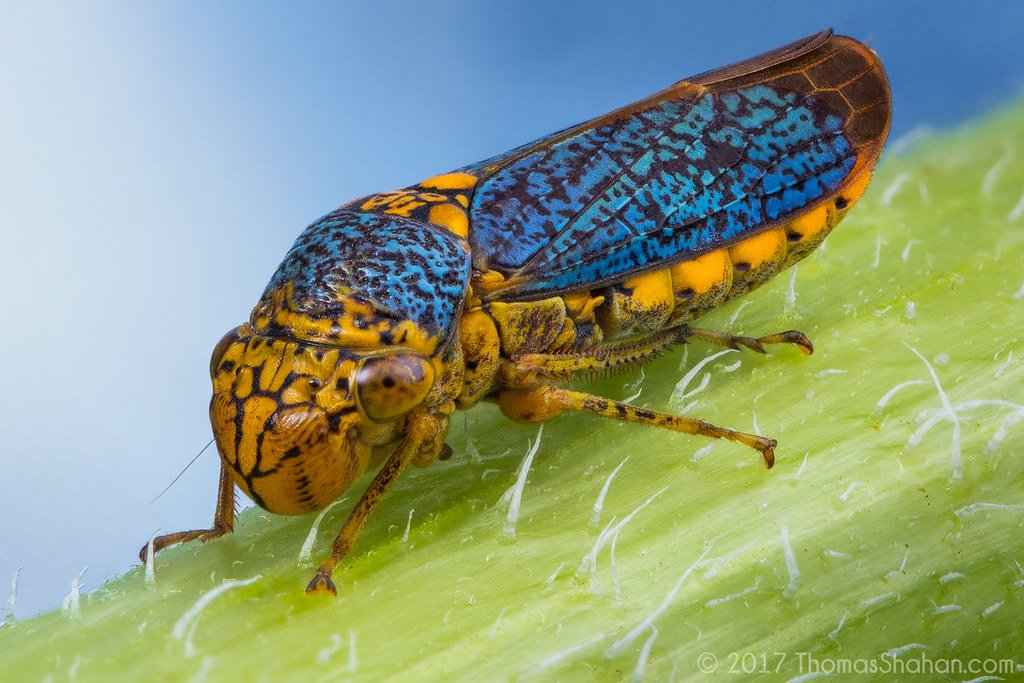
You might wonder—how does such a small creature kill towering grapevines? The secret lies in its feeding habits. The sharpshooter uses its needle-like mouth to pierce plant stems and sip sap. In the process, it picks up a deadly bacterium called *Xylella fastidiosa*. When the insect moves to another plant, it injects this bacterium into the xylem—the plant’s water transport system. The result? A silent infection that blocks water flow, slowly choking the plant from within.
Pierce’s Disease: The Vineyard Killer
The main weapon in the sharpshooter’s arsenal is Pierce’s disease, caused by *Xylella fastidiosa*. This disease is a nightmare for grape growers. Once infected, grapevines show scorched leaves, stunted growth, and eventually collapse. Unlike a fungal blight or insect infestation you can see and attack, Pierce’s disease works invisibly and has no cure. In some regions, entire vineyards have been abandoned because of relentless infection.
How the Invasion Began
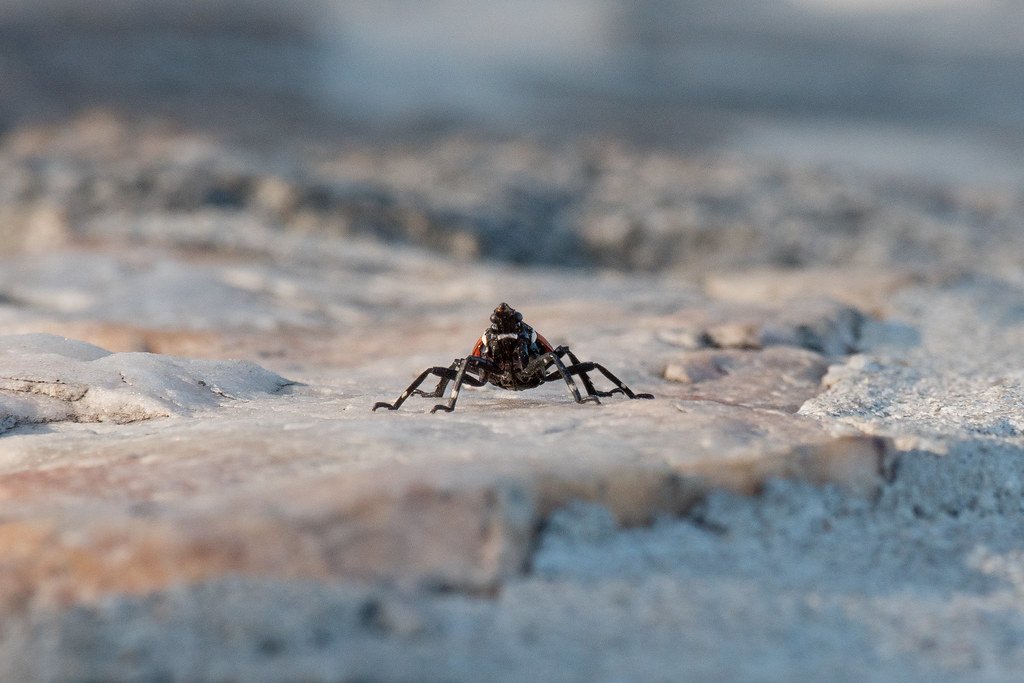
The glassy-winged sharpshooter wasn’t always a problem in places like California’s famous wine country. It arrived in the 1990s, likely hitchhiking on ornamental plants shipped across state lines. Once established in the mild climate and endless food supply, the insect population exploded. Local species of sharpshooters already existed, but none were as mobile, voracious, or dangerous as this newcomer.
A Diet With No Boundaries

One of the most frightening traits of the glassy-winged sharpshooter is its lack of picky eating. While many insects specialize in a handful of plant species, this bug feeds on over 300 types of plants, from citrus trees to oaks. That means it can survive even when specific crops are treated, making eradication a near-impossible task. Its adaptability ensures its survival and the continued risk it poses.
Vineyards Under Siege: Real-World Devastation
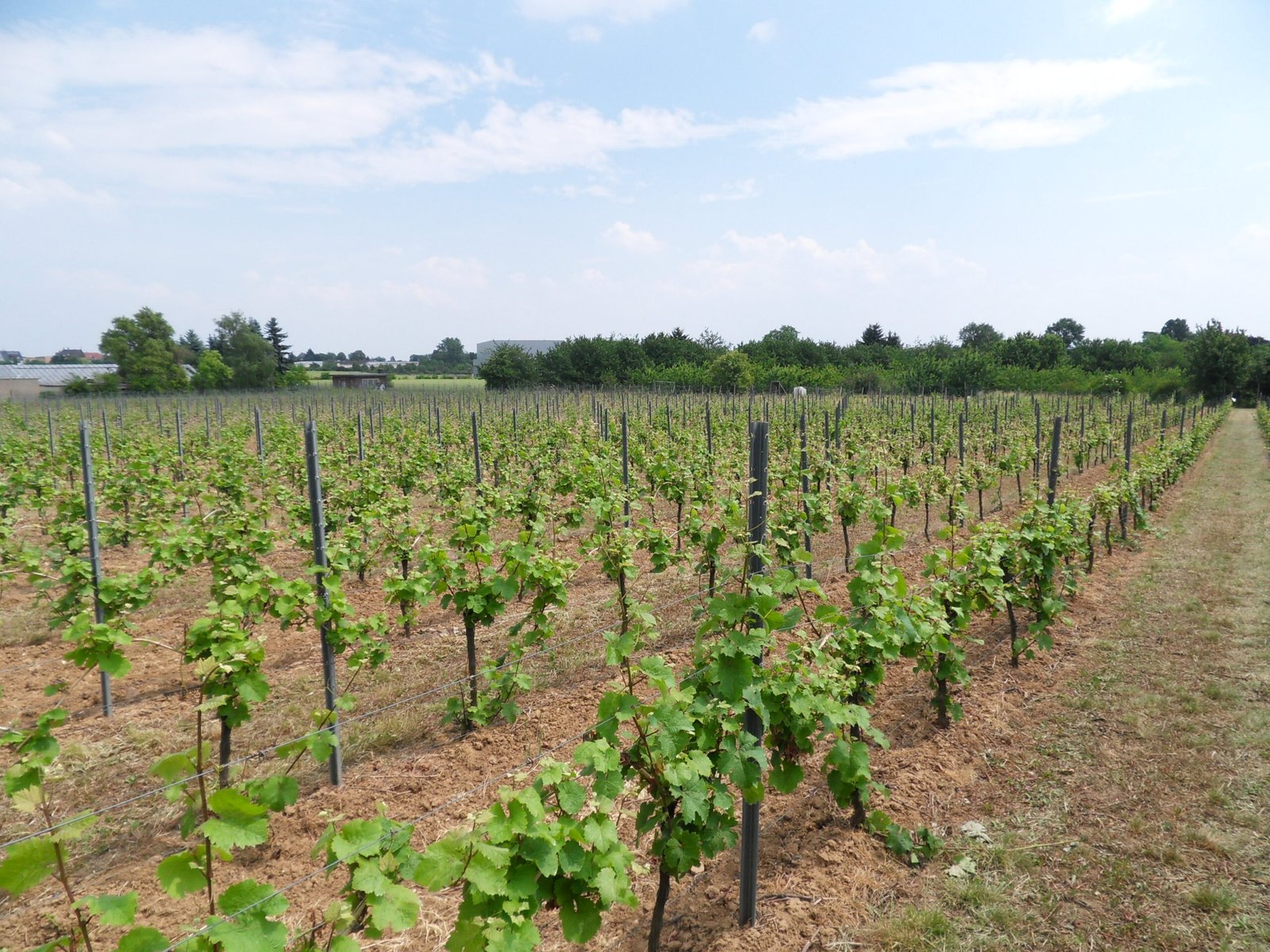
The impact of the glassy-winged sharpshooter is not just theoretical. In California alone, millions of dollars are lost each year to Pierce’s disease. Entire towns that rely on wine production have felt the sting. In Temecula Valley, for example, a single outbreak in the late 1990s wiped out more than a third of local vineyards. The economic and emotional toll on growers is immense—centuries-old family businesses suddenly face extinction.
Nature’s Reluctant Collaborator: The Role of Climate
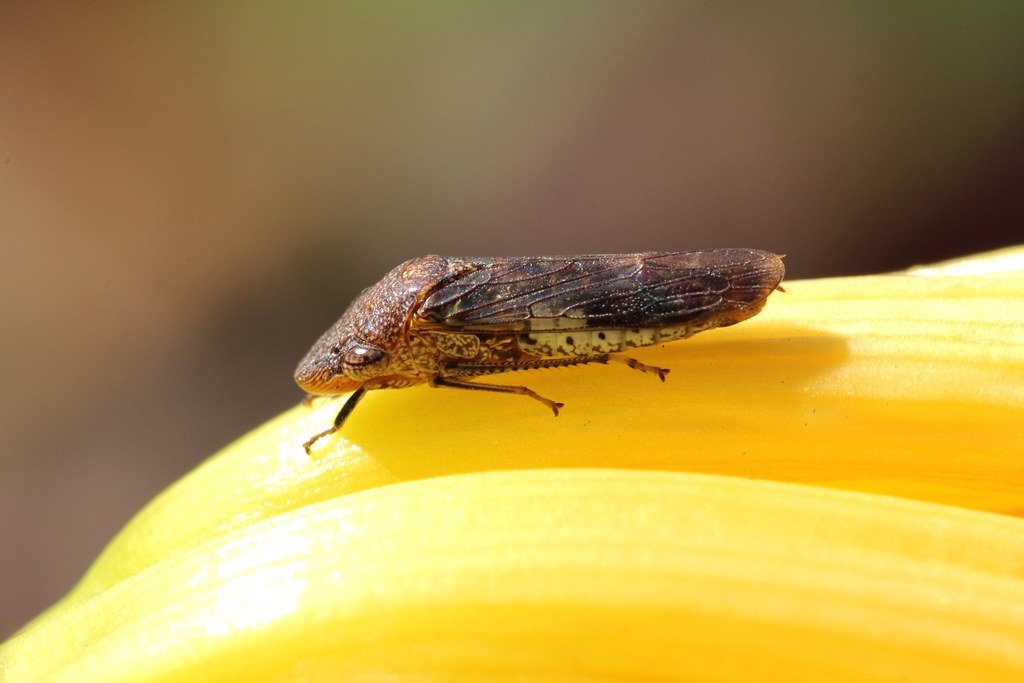
Warmer winters and wetter springs have helped the glassy-winged sharpshooter thrive. Climate change extends the insect’s range and shortens the time between generations. As temperatures climb, areas once too cold for the sharpshooter are now vulnerable. This means new regions and new crops are constantly at risk.
Natural Enemies and Biological Control
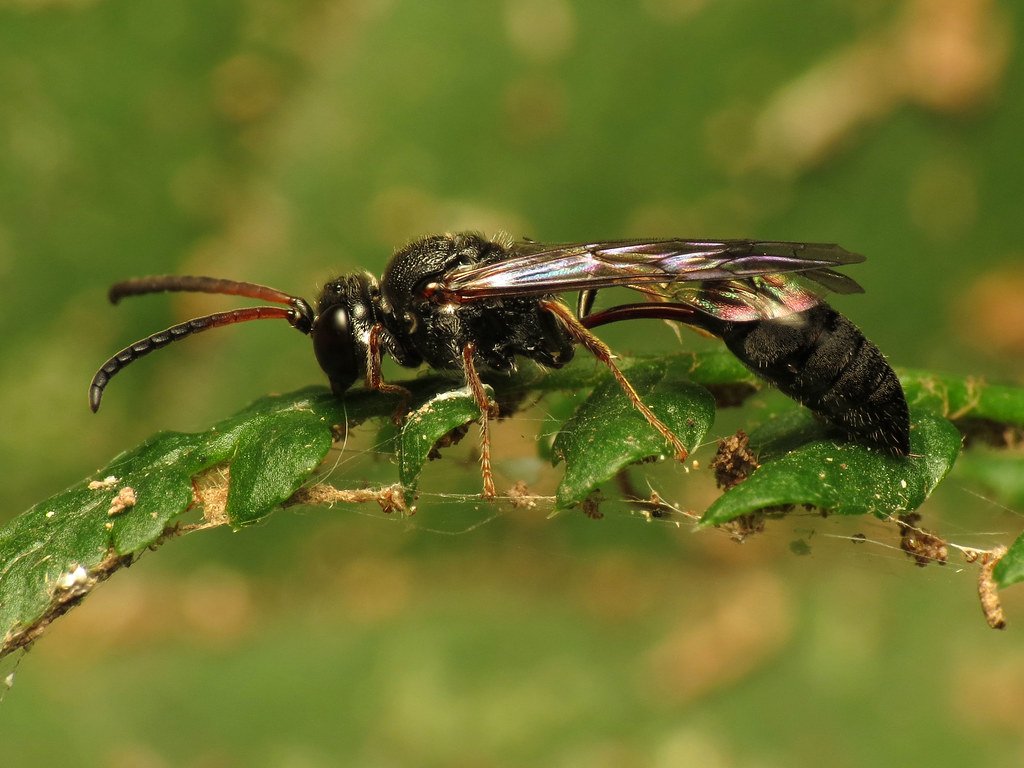
All villains have their nemesis, and the glassy-winged sharpshooter is no exception. Scientists have introduced tiny parasitic wasps, like *Gonatocerus ashmeadi*, which lay eggs inside sharpshooter eggs. When the wasp larvae hatch, they devour the sharpshooter from within—a gruesome but effective form of population control. Ladybugs, spiders, and even certain birds can help, but none offer a silver bullet.
The Pesticide Dilemma
Chemical pesticides can kill sharpshooters, but the solution isn’t simple. Overuse of pesticides can harm beneficial insects, poison soil and water, and create resistant bug populations. Farmers are caught in a bind: protect their vines at all costs, or risk long-term ecological damage. Striking the right balance is a constant challenge.
Early Detection: The Race Against Time
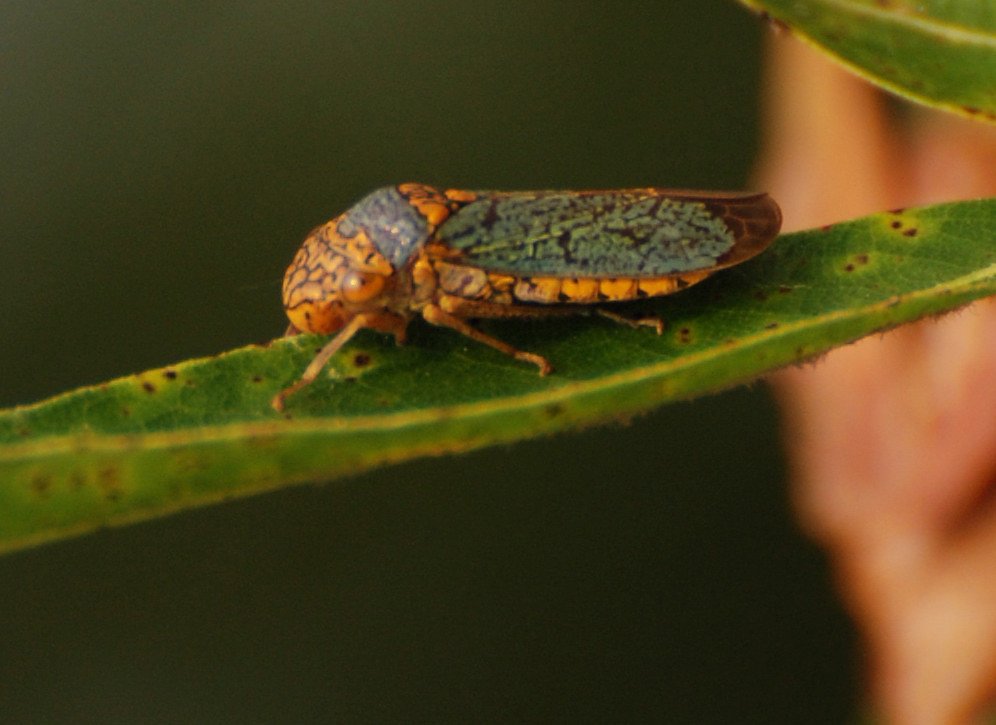
Spotting a glassy-winged sharpshooter is tricky—they’re small, quick, and blend into the plants they feed on. Growers rely on yellow sticky traps and regular inspections, but by the time sharpshooters are found, infection may have already spread. Researchers are racing to develop better detection tools, including sniffer dogs trained to smell infected vines and drones equipped with thermal cameras.
The Science of Resistance: Breeding Stronger Vines

Plant breeders are fighting back by developing grape varieties that resist Pierce’s disease. This is no easy feat. Grapevines prized for wine are often delicate and slow to change, and new varieties must still produce high-quality grapes. Advances in genetic engineering and traditional breeding offer hope, but it’s a race against time as the insect spreads.
Economic Fallout: More Than Just Grapes
The impact of the glassy-winged sharpshooter goes far beyond grapes and wine. Citrus orchards, almond growers, and ornamental plant nurseries all suffer losses because the insect feeds on so many different plants. Local economies built around agriculture face uncertainty, and jobs are at risk. The ripples spread from field to table, affecting everyone from farmworkers to fine diners.
The Human Cost: Stories From the Front Lines

For many growers, the invasion feels personal. Imagine tending vines planted by your grandparents, only to watch them wither overnight. Some farmers have walked away from their land, unable to bear the emotional and financial strain. Others have become accidental scientists, learning about bacteria, insects, and climate in a desperate bid to save their crops.
The Global Threat: Beyond North America
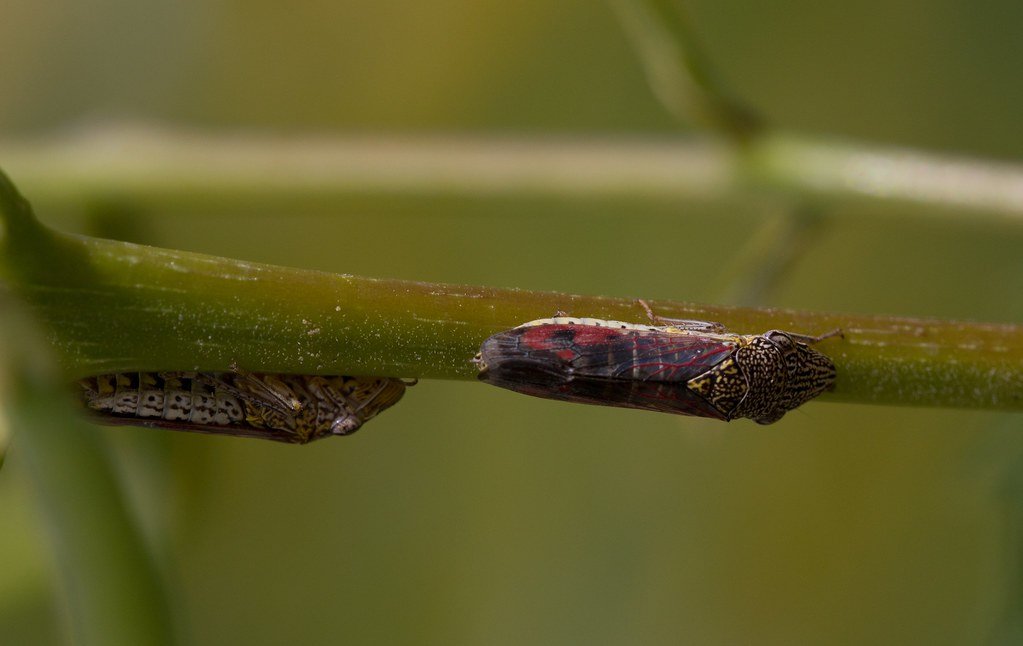
While the glassy-winged sharpshooter first made headlines in the United States, it’s now a global concern. Europe and South America are on alert, fearing the insect’s arrival via imported plants. The bacterium it carries has already caused chaos in Italy’s olive groves, and experts worry it could do the same to other major crops worldwide if not contained.
Innovations in Integrated Pest Management

Integrated pest management (IPM) combines multiple strategies—biological control, careful pesticide use, habitat modification—to keep sharpshooter populations in check. It’s a holistic approach that values the health of the whole ecosystem, not just one crop. Growers rotate crops, remove weedy hosts, and create habitats for beneficial insects to make life harder for the sharpshooter.
Citizen Science: Everyone Has a Role

Ordinary people can make a difference. Many states have set up hotlines for reporting sightings of the glassy-winged sharpshooter. Gardeners are encouraged to inspect new plants before bringing them home. Schools run educational programs to teach kids about invasive species and the importance of biodiversity. It’s a battle fought on every front, from government labs to backyard gardens.
The Future of Vineyards: Hope on the Horizon?
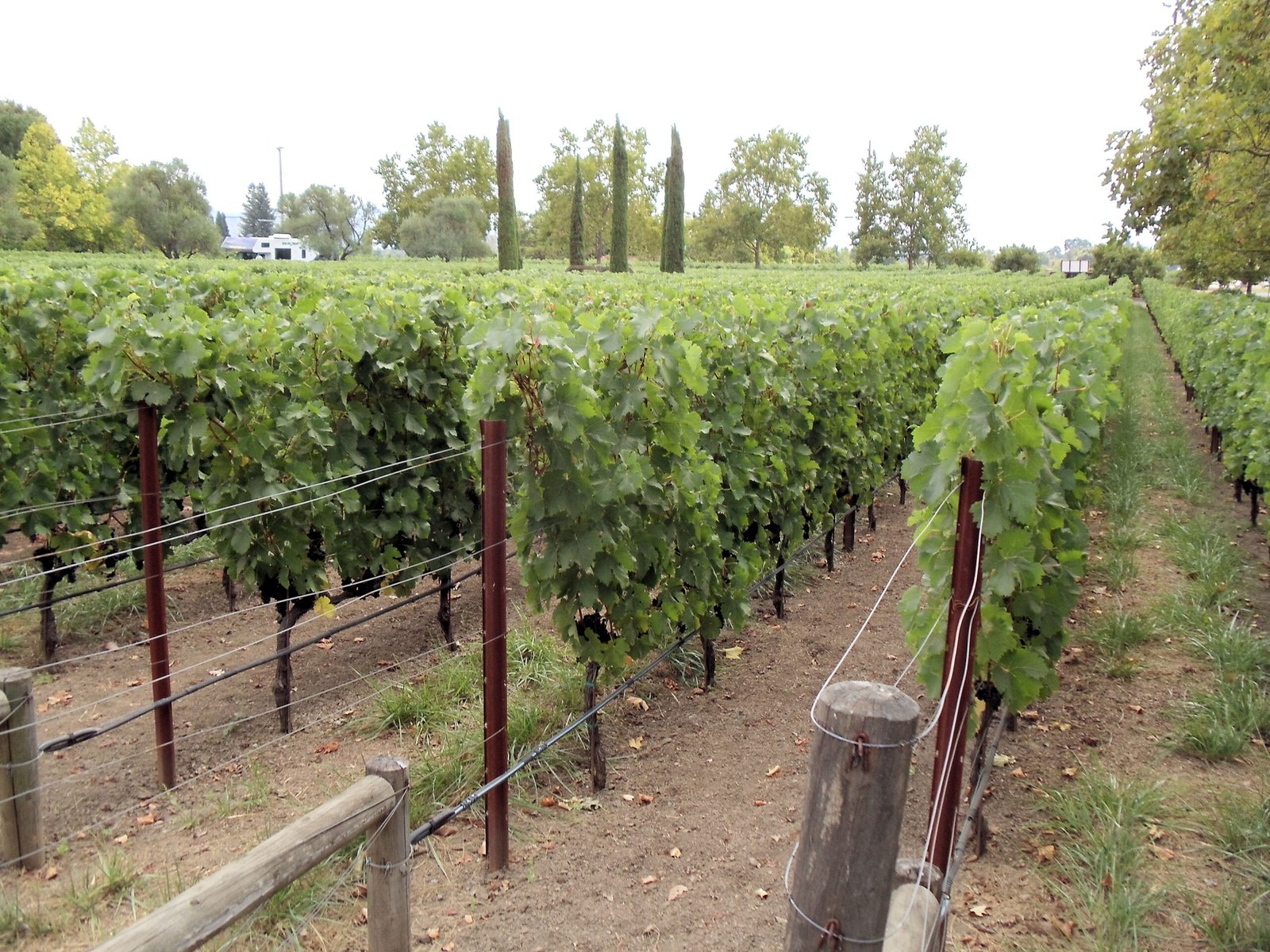
While the threat posed by the glassy-winged sharpshooter is daunting, innovation and collaboration offer hope. Advances in genetics, smarter farming practices, and international cooperation are creating a path forward. Researchers are even exploring natural plant defenses and new biological agents that could tip the balance in favor of the grapevine. The story isn’t over yet, and the ending could still be rewritten.
A Call to Action: Protecting What Matters
The tale of the glassy-winged sharpshooter is a stark reminder of how interconnected our world is. A bug barely larger than a fingernail can topple empires of wine and alter landscapes forever. But it’s also a story about resilience, creativity, and the power of many hands working together. Will we rise to the challenge and protect our vineyards, or let them become silent graveyards?




